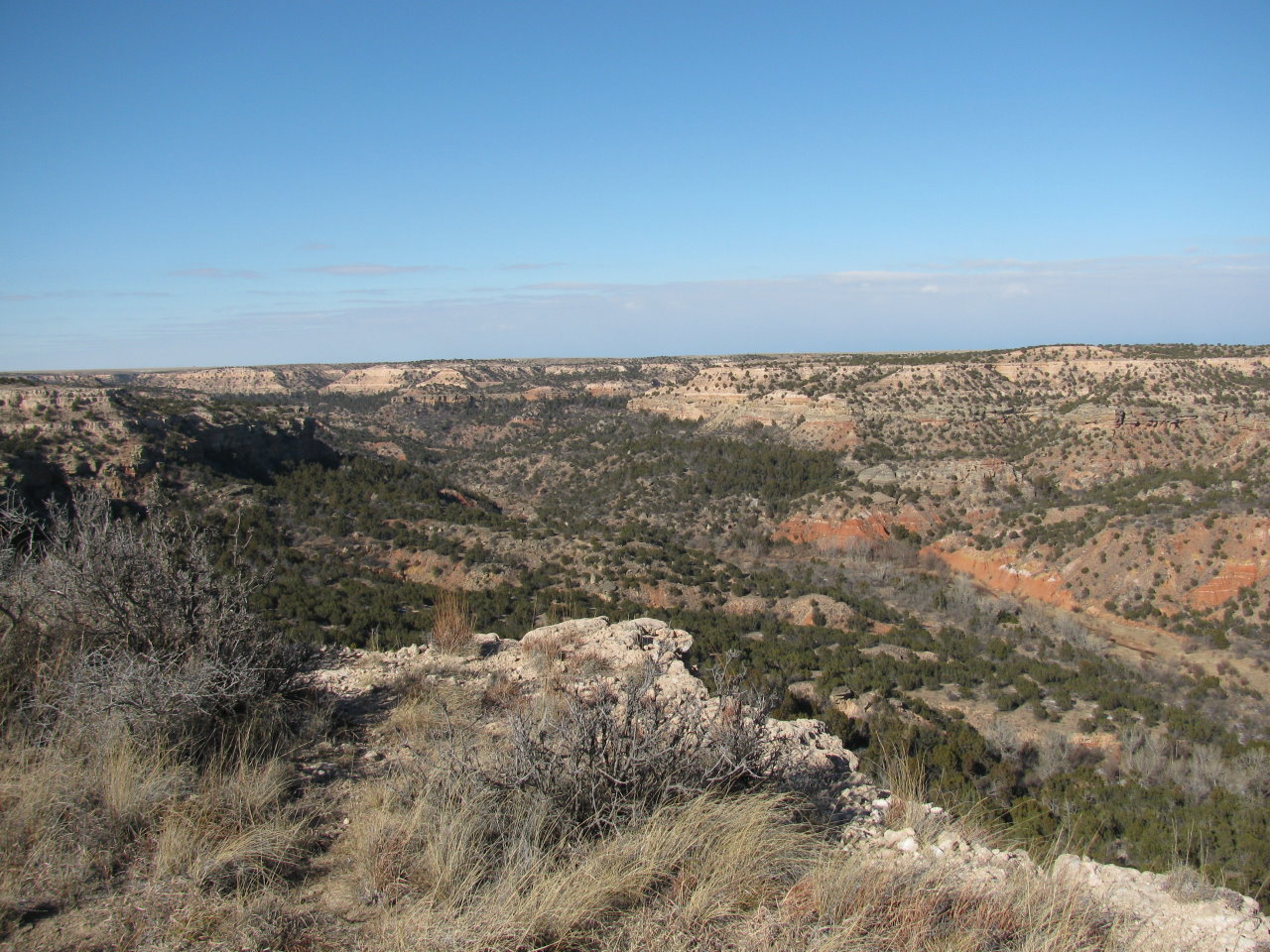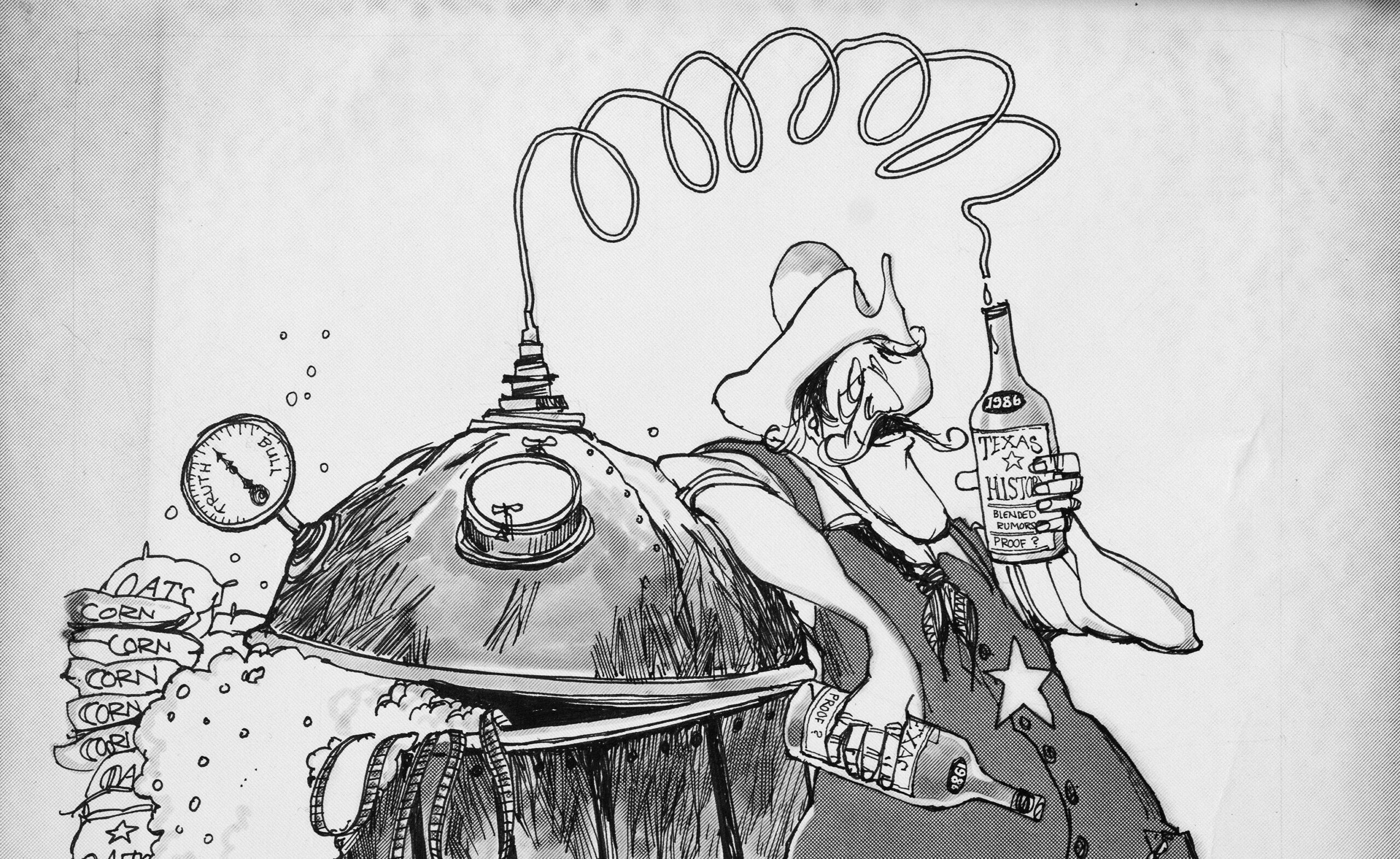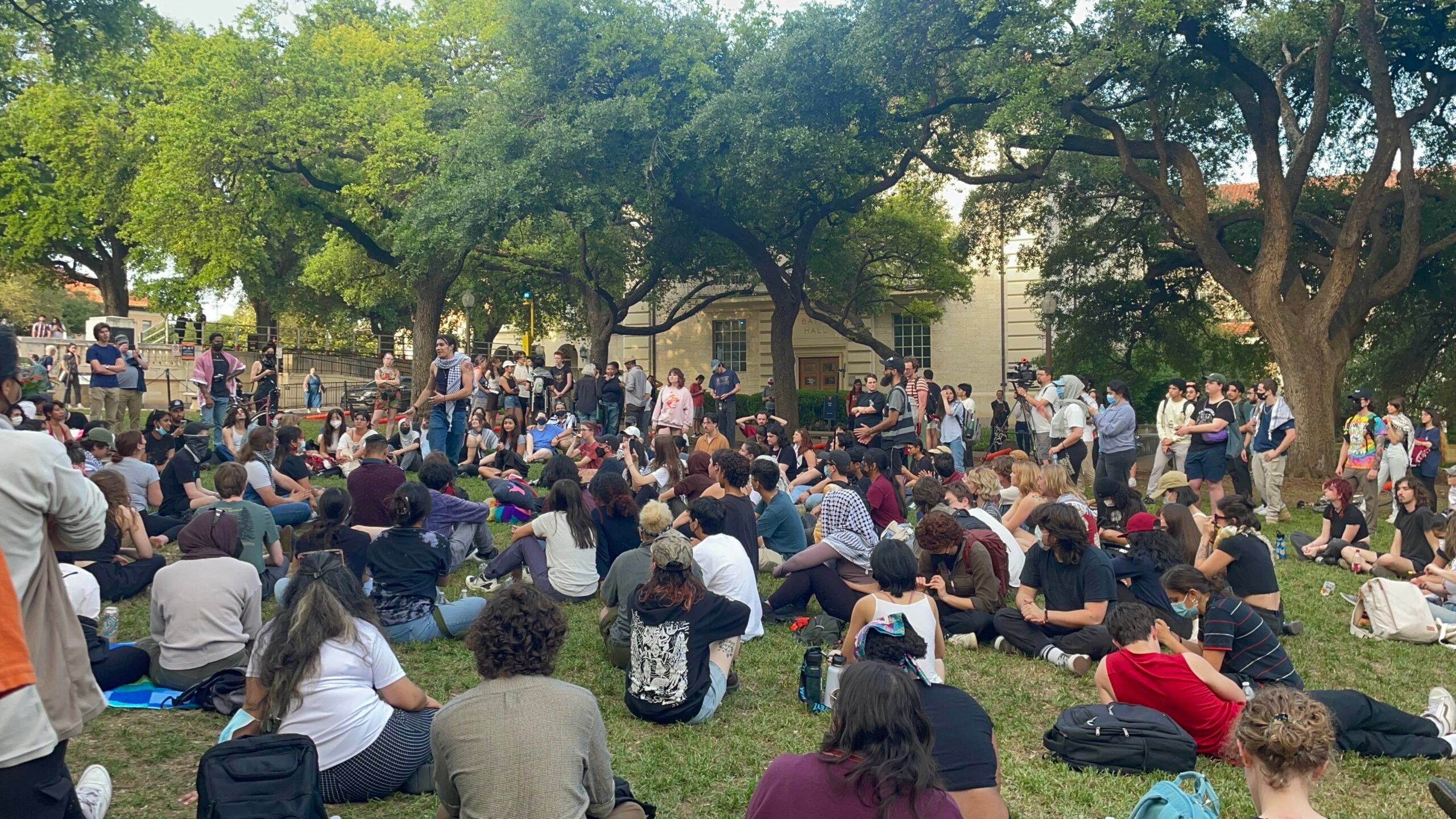Green’ Transmission Lines Mess With Texas


As the wind energy sector grows, I suspect there will be more and more stories like this one from the Dallas Morning News:
Sharyland Utilities, a unit of Hunt Consolidated, is one of the companies building a web of transmission lines to bring West Texas wind power to Dallas and other big cities. Environmentalists say that’s good.
Palo Duro Canyon is the second-largest canyon in the country. And it could soon be crossed by transmission lines for wind-generated power.
But Sharyland has proposed stringing one of the lines across the Palo Duro Canyon. Environmentalists say that’s bad. Under three of five basic scenarios, the line would go from rim to rim of the second-largest canyon in the country.
The Palo Duro lines are part of a $5 billion build-out of transmission infrastructure from Texas’ Competitive Renewable Energy Zones (CREZ) in windy West Texas and the Panhandle to the power-hungry eastern half of the state.
Backers of the project, including environmental groups, view it as vital to the continued development of Texas’ renewable energy sector. Unfortunately, as the PUC settles on particular routes the need for clean energy is coming into conflict with residents who want to preserve relatively pristine areas.
In the Hill Country too, several groups have cropped up to oppose the proposed CREZ routes. Most of the groups have been careful to point out that they aren’t opposed to transmitting clean energy but rather want to make sure the routes do the last amount of damage to the Hill Country as possible.
Notably, the Palo Duro transmission line is proposed not for the Palo Duro Canyon State Park but the privately-owned, eight-mile northern stretch of the canyon. The question that jumps to mind immediately is why doesn’t the state own this part of the canyon? If the property was part of the state park we wouldn’t even be having this discussion. But I digress…
This infuriates the Currie family – the owners, caretakers and developers of part of the canyon for more than a century. The Curries, who could play host to the transmission line unless regulators choose to go around the canyon, point to eagle nesting grounds, American Indian burial grounds and fire hazards in the canyon.
Those environmental arguments also get tangled with talk of property rights. Some family members complain that a transmission line would ruin plans for housing developments on the rim.
“You’re looking at a transmission line, and on the other side of it is the canyon, and it just ruins the entire piece of property,” said Tully Currie, who develops lots for mansions on the rim.
The reporter for this story, Elizabeth Souder, is polite enough not to highlight the irony of the family complaining about environmental impact when they’re carving up the canyon rim for mansions. Still, the Curries are correct: There is something obscene about scarring one of Texas’ most iconic natural areas, even if it’s for a good cause. On the aesthetics alone, the lines – regardless of how ‘green’ the power they carry is – are problematic.
We wouldn’t put an office park in Yosemite or a power plant in Big Bend, so why locate transmission towers at Palo Duro tall enough to overshadow the famous Lighthouse hoodoo? The answer, of course, comes down to raw economics. Routing the transmission lines around the canyon would cost the Public Utility Commission – and ratepayers – an additional $32 million.


